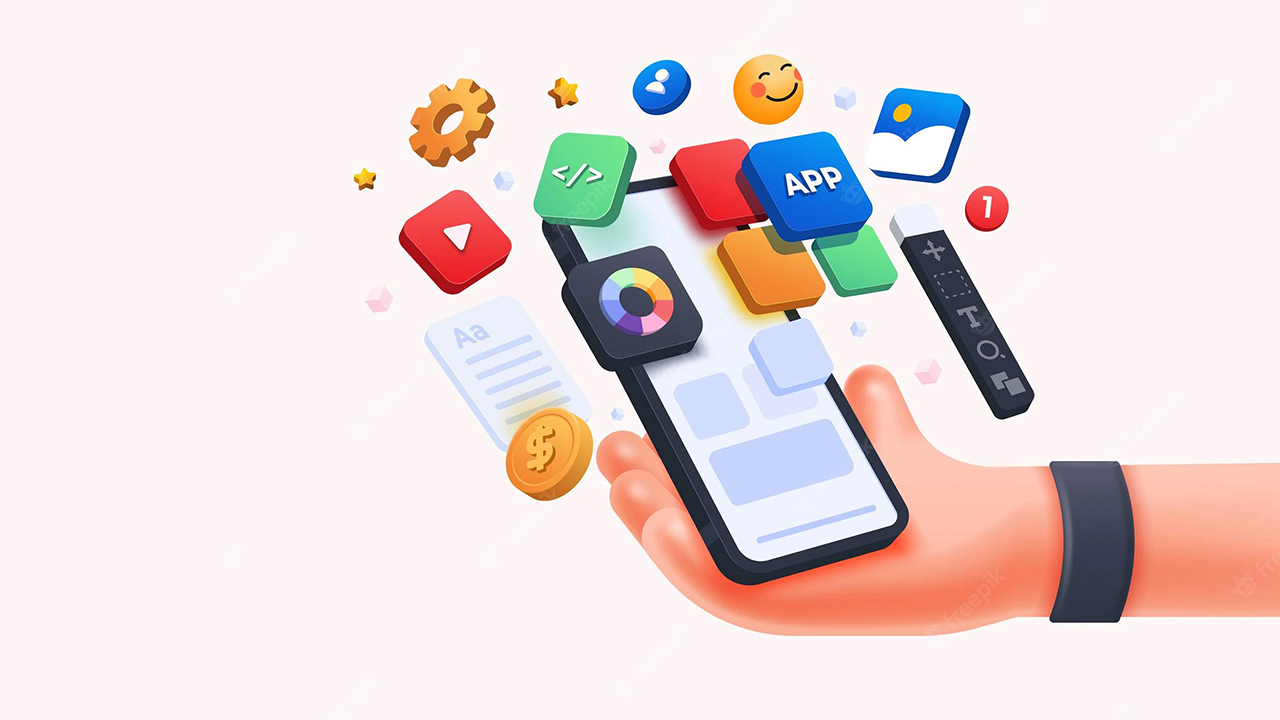
iOS and Android are two of the most
popular mobile operating systems, each with its own ecosystem, development
environment, and user base. Here's an overview of iOS and Android:
iOS:
- Platform: iOS is the mobile operating system developed by Apple Inc. It
exclusively runs on Apple's mobile devices, including the iPhone, iPad,
and iPod Touch.
- Development Environment:
- Programming Language: iOS app development primarily
uses Swift and Objective-C.
- IDE: Xcode is the official integrated development
environment (IDE) for iOS app development. It provides tools for coding,
debugging, and designing user interfaces.
- User Base: iOS devices have a strong presence in North America, Europe, and
other regions. The user base is known for its strong loyalty to the Apple
ecosystem.
- App Distribution: iOS apps are distributed
through the Apple App Store. Apple's strict app review process ensures a
degree of quality and security.
- Development Cost: Developing apps for iOS can
involve higher initial costs due to the need for Mac hardware and the
Apple Developer Program membership fee.
- User Interface: iOS follows Apple's Human
Interface Guidelines (HIG) for design, which emphasizes a clean and
minimalist user interface.
- Fragmentation: iOS devices are limited in variety, resulting in less hardware
fragmentation compared to Android.
Android:
- Platform: Android is an open-source mobile operating system developed by the
Open Handset Alliance, led by Google. It is used by a wide range of
manufacturers and runs on a multitude of devices, including smartphones,
tablets, and other smart devices.
- Development Environment:
- Programming Language: Android app development uses
Java, Kotlin, and C++ for NDK (Native Development Kit) components.
- IDE: Android Studio is the official IDE for Android app
development. It offers tools for coding, debugging, and layout design.
- User Base: Android has a global presence and a broader user base than iOS,
with significant market share in regions like Asia and Africa.
- App Distribution: Android apps are distributed
through the Google Play Store. The review process is less stringent than
Apple's App Store.
- Development Cost: Developing for Android may
involve lower initial costs, as it doesn't require specific hardware and
offers a lower entry fee for app publication.
- User Interface: Android follows Material Design
guidelines, emphasizing responsive, intuitive, and visually appealing
design.
- Fragmentation: Android faces fragmentation challenges due to the vast number of
device manufacturers, screen sizes, and operating system versions.
Developers must account for these variations.
Choosing between iOS and Android for app development depends on various
factors, including your target audience, development resources, budget, and
project goals. Some developers choose to develop for both platforms
(cross-platform development), while others prioritize one platform based on
their user base and business objectives. It's essential to understand the
strengths and limitations of each platform and tailor your development strategy
accordingly.